Sudan’s bakery sector is experiencing a renaissance. As consumer preferences evolve toward higher-quality baked goods, manufacturers face increasing pressure to maintain consistency, flavor, and cost-efficiency. At the heart of many of these products lies a simple yet crucial ingredient: cocoa powder.
Whether you’re producing cakes, cookies, bread, or chocolate-filled pastries, the choice of cocoa powder can make the difference between a product that delights customers and one that falls flat. For factory owners, production managers, and procurement officers, understanding the nuances of cocoa powder for bakery applications is essential for operational success.
In this guide, we will explore the fundamentals of cocoa powder, industry-specific considerations for Sudanese bakeries, supplier strategies, actionable tips for procurement, and premium brand insights, including Latamarko, delivered through a professional lens informed by MT Royal’s expertise.
Understanding Cocoa Powder: Definitions and Fundamentals
Cocoa powder is produced from roasted cocoa beans. After extraction of cocoa butter, the remaining solids are ground into a fine powder. Cocoa powder is a cornerstone ingredient in bakery applications due to its flavor, color, and functional properties in doughs, batters, and fillings.
Types of Cocoa Powder
- Natural Cocoa Powder
- Untreated after roasting, retaining natural acidity.
- Offers a robust chocolate flavor ideal for traditional bakery recipes.
- Reacts with baking soda for leavening.
- Alkalized (Dutch-Processed) Cocoa Powder
- Treated with alkali to neutralize acidity.
- Produces a smoother, darker, and more consistent chocolate flavor.
- Preferred in premium bakery products and chocolate coatings.
Understanding the type of cocoa powder is critical because it affects:
- Leavening in cakes and pastries
- Color of finished products
- Taste profile and aroma
Why High-Quality Cocoa Powder Matters for Bakery Manufacturers
Manufacturers often underestimate the impact of cocoa powder on production efficiency. Here’s why it matters:
1. Consistency Across Batches
Cocoa powder quality affects dough consistency, color uniformity, and taste. In large-scale bakery operations, even minor deviations can lead to batch rejections or customer complaints.
2. Improved Processing Performance
- Fine powders dissolve more easily in liquids, preventing clumps.
- Uniform particle size ensures smooth mixing with flour, sugar, and fats.
3. Extended Shelf Life
High-quality cocoa powder resists oxidation and moisture absorption, helping baked goods stay fresh longer without altering taste.
4. Enhanced Consumer Appeal
Premium cocoa powders like Latamarko offer deep color and rich aroma, elevating product perception in competitive markets.
Common Pitfalls in Industrial Cocoa Procurement
Even experienced procurement managers face challenges. These include:
- Fluctuating Quality: Variability between suppliers can cause inconsistent color and flavor.
- Supply Disruptions: Seasonal availability and shipping delays affect bakery operations.
- Hidden Costs: Low-quality powders may increase waste or processing time.
- Incorrect Product Selection: Confusing natural and Dutch-processed powders may affect recipe outcomes.
Actionable Procurement Strategies for Bakery Factories in Sudan
We’ve worked with production facilities across various industries and noticed that the most efficient factories follow a structured procurement strategy:
Step 1: Define Product Requirements
- Determine desired flavor intensity, color, and aroma.
- Decide whether natural or Dutch-processed cocoa suits your recipes.
Step 2: Evaluate Supplier Reliability
- Look for traceability and certifications.
- Assess consistency in delivery, especially for bulk orders.
- Compare pricing with long-term value, not just upfront costs.
Step 3: Conduct Small-Scale Trials
- Test batches before large purchases.
- Evaluate solubility, aroma, and integration with other ingredients.
Step 4: Maintain Continuous Quality Monitoring
- Regular testing for moisture, pH, and color ensures consistent quality.
- Establish KPIs for supplier performance to preempt issues.
Cocoa Powder in Sudanese Bakeries: Real-World Examples
Consider a mid-sized Sudanese bakery producing chocolate cakes and cookies. Previously, batch inconsistencies in cocoa powder led to uneven color and flavor, causing customer complaints.
By sourcing Latamarko cocoa powder through MT Royal, the bakery achieved:
- Uniform chocolate color in cakes and fillings
- Improved mixing efficiency, reducing downtime on production lines
- Enhanced flavor, leading to increased repeat customers
Another small-scale bakery using Dutch-processed cocoa from MT Royal noticed:
- Smoother chocolate fillings in pastries
- Reduced clumping in doughs and batters
- Lower waste due to consistent powder quality
These examples illustrate how careful supplier selection and premium cocoa powders can directly impact operational efficiency.
Comparison Table: Cocoa Powder Options for Sudanese Bakeries
| Feature | Natural Cocoa Powder | Dutch-Processed Cocoa | Low-Fat Cocoa Powder | Premium Latamarko |
|---|---|---|---|---|
| Flavor Profile | Robust, slightly acidic | Smooth, mild | Light, slightly less intense | Rich, aromatic, deep chocolate |
| Color | Light brown | Dark brown | Light brown | Deep, uniform dark brown |
| Solubility | Moderate | High | High | Excellent |
| Industrial Use | Cakes, cookies | Premium pastries, chocolate coatings | Health-conscious products | High-end bakery products |
| Shelf Life | Moderate | Extended | Extended | Extended |
| Cost | Moderate | Slightly higher | Moderate | Premium |
Tips from the Factory Floor
From our experience supplying bakery factories:
- Buffer Stock: Maintain 2–4 weeks of cocoa powder to prevent production stoppages.
- Storage Practices: Keep powder in cool, dry conditions; palletized storage helps prevent moisture absorption.
- Routine Sensory Checks: Regularly taste-test products to ensure flavor consistency.
- Premium Options: Select high-quality cocoa powders for premium bakery products to differentiate your brand.
For example, one Sudanese bakery reduced mixing time by 20% after switching to Latamarko due to its superior solubility.
Industrial Considerations for Large-Scale Bakery Production
- Mixing and Blending
- Powder particle size affects integration with flour, sugar, and fats.
- Dutch-processed powders dissolve faster, reducing clumping and improving batch homogeneity.
- Cost per Unit
- Consider both raw material costs and operational efficiency.
- High-quality powders may reduce waste, saving money in the long run.
- Regulatory Compliance
- Ensure cocoa powders meet Sudanese food safety standards.
- Suppliers like MT Royal provide certification and traceability for audits and export requirements.
- Automation Compatibility
- Automated mixers and filling lines benefit from powders with consistent particle size.
- Reduces downtime and improves overall production efficiency.
Frequently Asked Questions (FAQ)
Q1: Can natural and Dutch-processed cocoa be used interchangeably?
A: Not always. Natural cocoa is acidic, affecting leavening and flavor, while Dutch-processed cocoa is neutral. Recipe adjustments are necessary.
Q2: How much cocoa powder should a bakery stock?
A: Typically 2–4 weeks of inventory as a buffer against supply disruptions.
Q3: Which brands are premium for industrial use?
A: Spanish-origin Latamarko is recognized for superior aroma, color, and consistency. MT Royal supplies multiple high-quality brands.
Q4: Are low-fat cocoa powders suitable for commercial baking?
A: Yes. They maintain flavor while supporting health-conscious product lines.
Q5: How can factories avoid supply chain disruptions?
A: Use multiple suppliers, maintain buffer stock, and monitor global cocoa trends to anticipate shortages.
Why Choose MT Royal as Your Supplier
At MT Royal, we supply manufacturers with a wide range of cocoa powders, ensuring competitive pricing without compromising on quality. We understand the challenges Sudanese bakeries face, from batch consistency to supply reliability.
By partnering with MT Royal, you gain:
- Reliable, on-time deliveries for uninterrupted production
- Access to premium options like Latamarko
- Traceable sourcing and quality assurance
- Expert guidance on selecting the best cocoa powder for your bakery processes
We’ve seen bakery managers benefit from our tailored supply solutions, allowing them to focus on scaling production and enhancing product quality.
Emerging Trends in Cocoa Powder for Bakeries
- Sustainability and Ethical Sourcing
- Increasing demand for traceable, sustainably sourced cocoa powder
- Suppliers must provide certifications to meet both local and international expectations
- Health-Conscious Baking
- Growth in low-fat and organic cocoa powder products
- Aligns with rising consumer interest in healthier indulgences
- Automation and Industrial Efficiency
- Consistent particle size and solubility are crucial for high-speed production lines
- Reduces production downtime and operational bottlenecks
- Premiumization
- Consumers seek superior flavor and appearance
- Premium powders like Latamarko elevate the final product, helping bakeries stand out
Closing Thoughts
Cocoa powder is not merely an ingredient—it is the cornerstone of bakery quality, flavor, and customer satisfaction. For Sudanese manufacturers, understanding cocoa powder types, sourcing reliable suppliers, and implementing quality monitoring is crucial.
Partnering with experienced suppliers like MT Royal and selecting premium options like Latamarko can elevate your bakery products, improve operational efficiency, and ensure your production lines consistently deliver excellence.
The right cocoa powder doesn’t just enhance flavor—it transforms production into a seamless, efficient, and profitable process. Are your bakery operations leveraging the full potential of their cocoa powder?
latamarko alkalized cocoa powder lm60
cocoa powder for chocolate production-Best price
Food industry raw materials – list of products
Types of Gelatin from Turkish Manufacturer
Alkalized Cocoa Powder Bulk Supplier


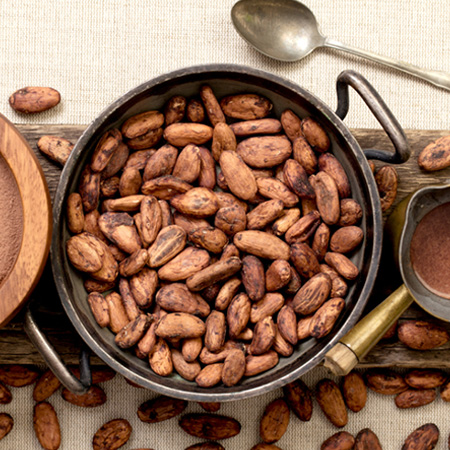
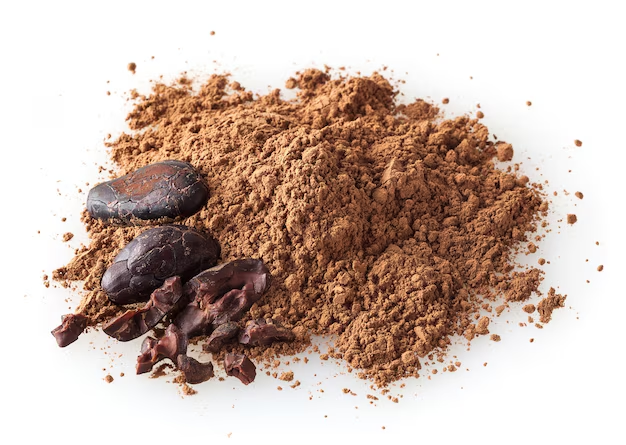
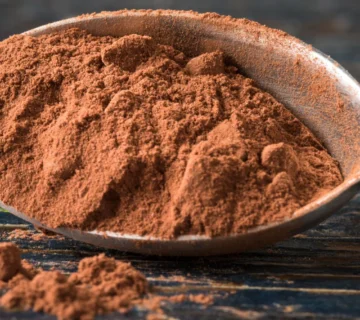
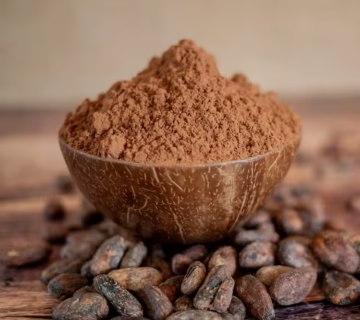
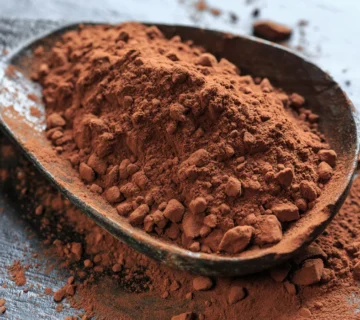
No comment